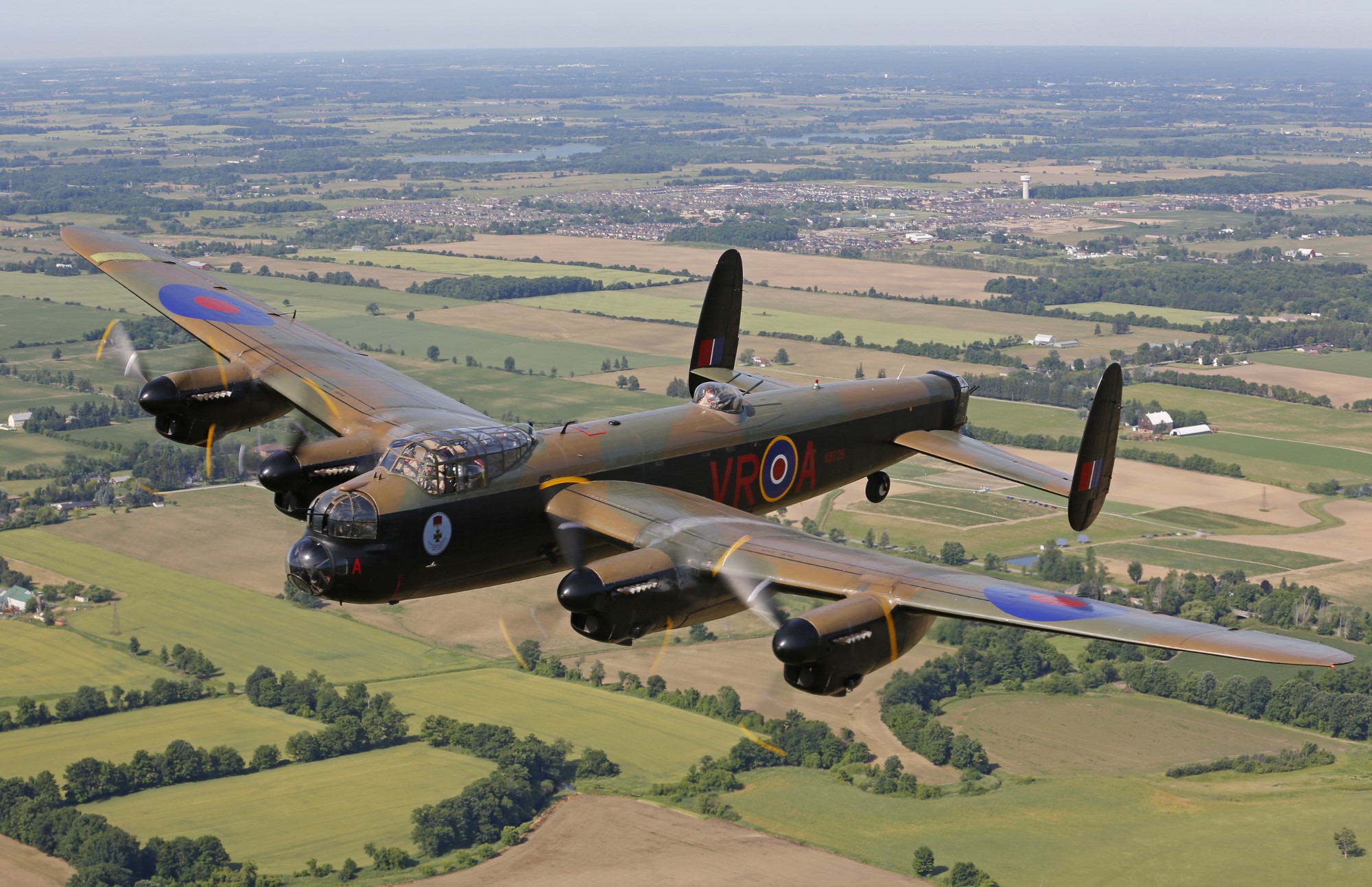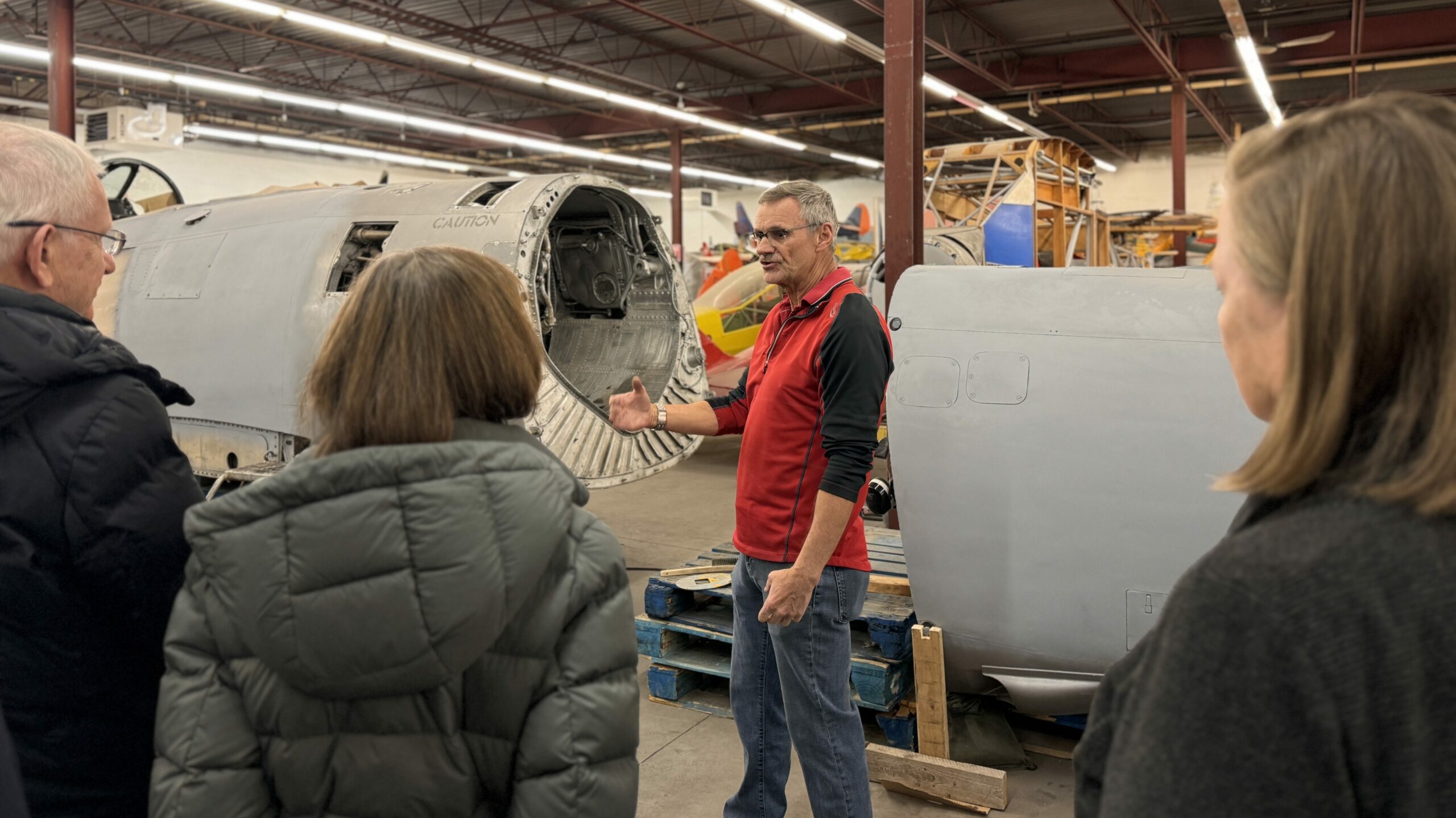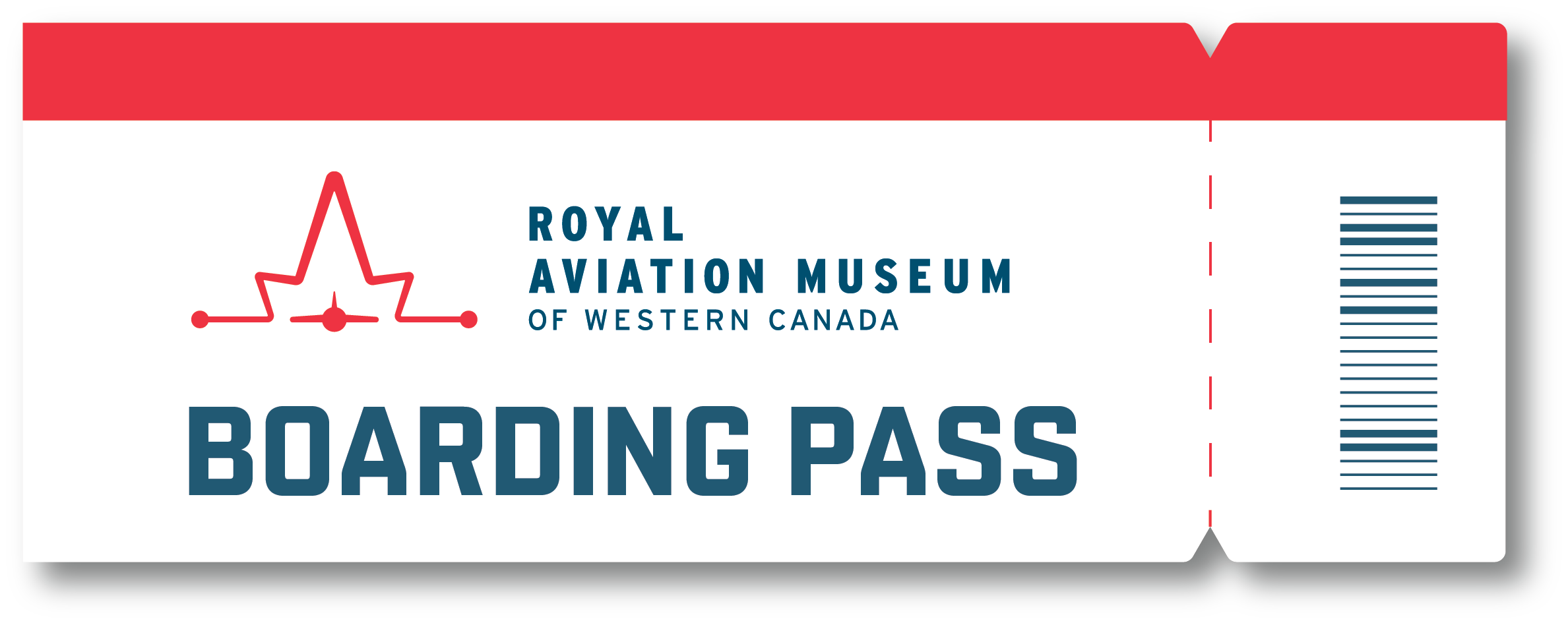December 12, 2022
Luke Penner is one of the top-ranked aerobatic pilots in North America, but there was a time when self-doubt and anxiety kept him grounded.
Luke grew up in a family of pilots. His father, Harvey Penner, founded a flight school in 1972. Both Harvey (Harv) and Luke’s brother Adam were well-known and respected in the aviation community. Their success left Luke feeling like he’d never measure up.
“I had a fear of failure. I would talk myself out of things before even trying.” Though he lived next to an airport and was surrounded by pilots, Luke’s insecurities kept him out of airplanes until he was 21 years old. It was a flight in his family’s 1943 Taylorcraft L-2M, a taildragger built for the US Air Force in WWII, that turned things around.
Luke’s father never pressured him to become a pilot or join the family business. But one day, Harv suggested Luke get behind the controls of the L-2M, “just for fun.” Once in the pilot’s seat, the aroma of vintage leather and the mystique of the classic aircraft took control. With his father behind him, coaching and encouraging him, Luke flew with confidence. At the end of the flight, he realized he belonged in the air.
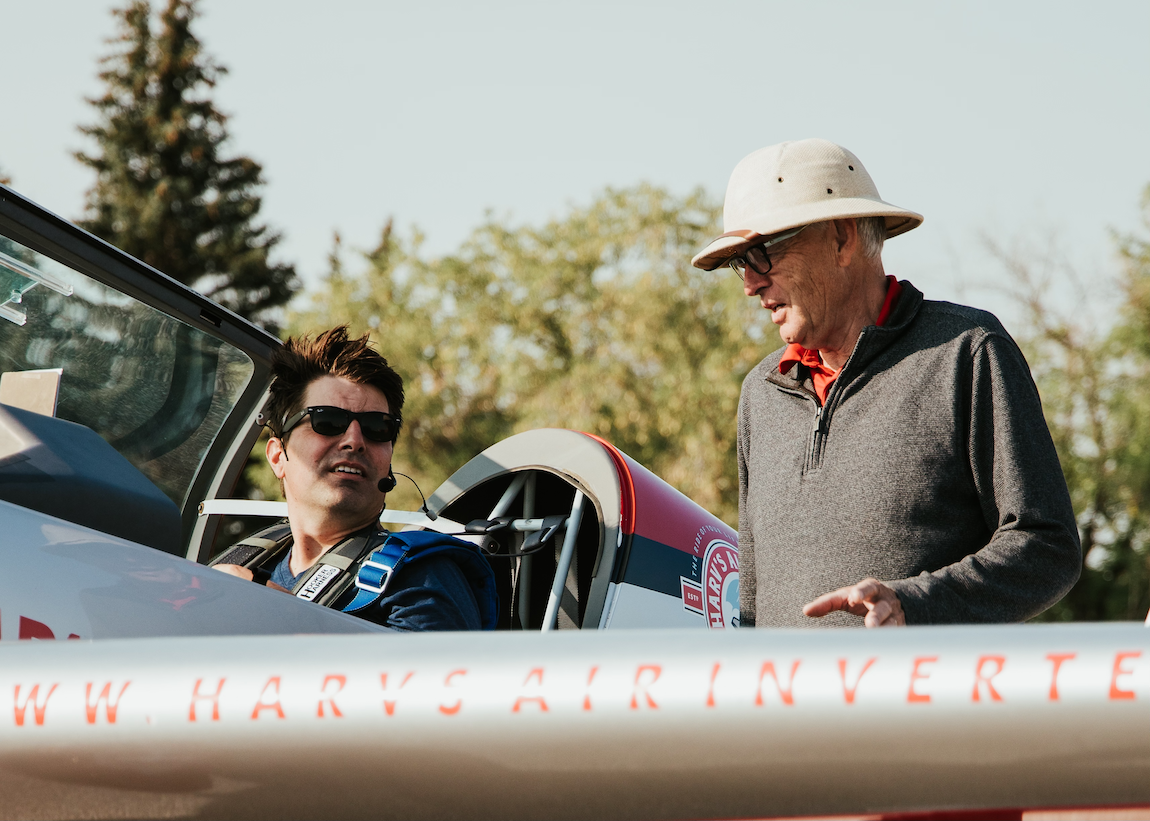
Earning his wings
When Luke earned his private pilot’s license in 2006, Harv took Luke up in their Pitts S2B aerobatic bi-plane. Again, he was instantly hooked. Two years later, Luke became a flight instructor for Harv’s Air, the family business, and in 2016, he started competing in aerobatic contests. That same year, Luke founded Manitoba’s first national aerobatics team through Harv’s Air Inverted, the side of the business that offers aerobatic flights to thrill seekers. Since then, he’s flown in national and international competitions, often making it to the podium.
When it comes to aerobatic flying, Luke attributes his success to having strong foundational skills and the mindset of an aviator. He notes there’s a distinction between being a pilot and being an aviator, something else his father instilled in him.
American Aviator Elrey Borge Jeppesen is quoted as saying, “There’s a big difference between a pilot and an aviator. One is a technician, the other is an artist in love with flight.” A pilot manages the controls in the right way at the right time to achieve the desired outcome. They see the airplane simply as a machine to be controlled. An aviator lets the controls speak to him or her. “Aviation is something you embody,” Luke explains. “It’s a feeling, it’s where you belong.”
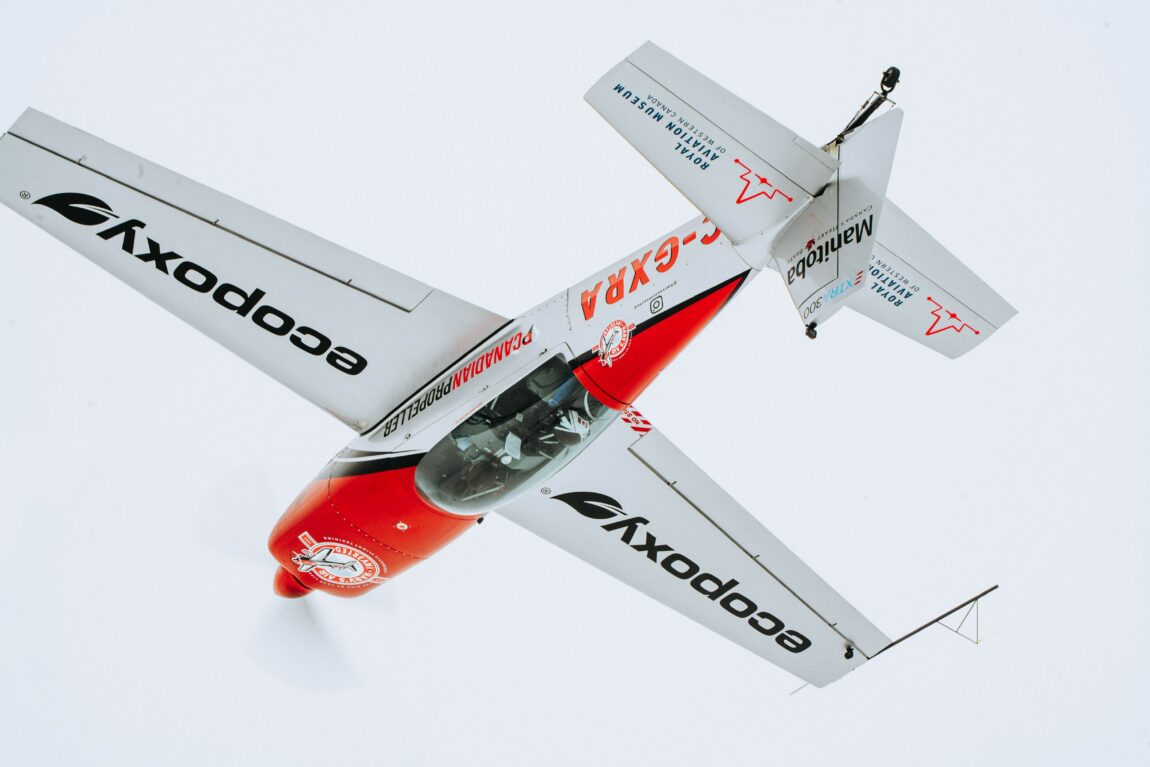
Becoming a champion
The skills he learned from Harv have enabled Luke to conquer all different types of flying. “When you don’t have to think twice about the basics, you can focus on other, trickier tasks,” he says. This type of situational awareness means precision even when flying a complicated aerobatic sequence at the national championship level.
One thing Luke’s noticed since he began flying aerobatics is that there’s a distinct lack of diversity among contestants. It’s a very male-dominated sport, something he hopes to change.
He recently founded the Central Canada Aerobatic Championships, an organization whose mission is to increase diversity and accessibility in aerobatics. It’s one of North America’s most diverse contests with pilots of diverse heritage, age, gender, and experience level. Luke would especially love to see more women enter the field of aerobatic flying.
While some sports necessitate the need for separate men’s and women’s teams, he says, “The airplane has no idea who’s flying it. It doesn’t make a difference who you are—the playing field is level.”
Luke recognizes that cost is a barrier for many, but notes there are ways to reduce training expenses. Sharing an aircraft with another competitor is one way to bring down training costs. Another is to create sponsorship and partnership opportunities.
RAMWC President and CEO Terry Slobodian says, “We’re proud and excited to partner with Luke as he travels around the world to compete in increasingly larger contests. We wish him great success in the 2023 season!”
What’s next?
In the fall of 2023, Luke will compete in the World Advanced Aerobatic Championship (WAAC) for the first time. He was the highest-scoring pilot to qualify to represent Team Canada in this contest. He’s recently purchased an Extra 330SC, the highest performance competition aerobatic aeroplane in the world, which will make its debut at the WAAC taking place in Las Vegas.
This single-seat, low-wing aerobatic monoplane has a top speed of 250 mph (400 km/h) and a rate of climb of 3,200 feet per minute. In an article for AOPA.org, Doug Vayda, chief pilot at Southeast Aero, a dealer for Extra aircraft, says of this plane, “It’s an absolute monster.” The Extra 330SC is the lightest, most maneuverable aircraft the manufacturer has ever made. “Don’t think about extracting maximum performance from the airplane,” Vayda says. “Think about staying conscious.”
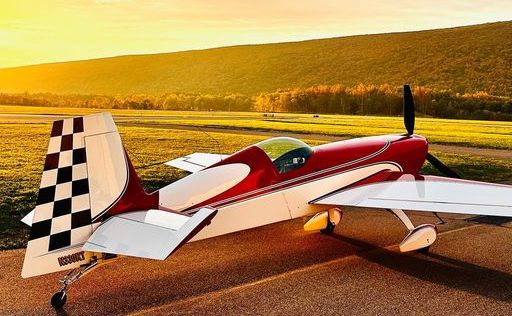
Stay tuned as we finalize plans to have this aircraft on display in our museum next year!
So, what does the training plan for a contest of this calibre look like? More flying, yes, but it needs to be a very specific type of flying. Luke explains, “Flying these amazing carbon fibre monoplanes is not only physically demanding, but it can be quite expensive so every minute of the flight is extremely purposeful and goal orientated.”
Luke also plans to work with a sports psychologist to prepare himself for the competition. “The mental aspect of competition flying is just as—if not more—important than the physical aspect,” he says.
After the advanced world championship next year in Las Vegas, Luke plans to make the jump to the unlimited category of competition, the highest level there is. The next stop is the unlimited world championship, which is the pinnacle of competitive aerobatic flying.
When he’s not competing, Luke dedicates most of his time to training pilots from around the world. His goal is always to push pilots to reach their full potential. Doing so makes flying much more fulfilling, enjoyable, and, more importantly, safer.
Just go for it
Luke hasn’t looked back since that flight in the family’s L-2M. Now, he’s ranked number one in Canada and number three in the USA in the advanced aerobatics category.
We’ve all felt insecure or inadequate at times, and those feelings can quickly overpower dreams and ambitions. What matters is how you handle those moments. If there’s something you want to do, push through the fear until the self-doubt is behind (or below) you.
“Practice, practice, practice,” Luke advises. “And don’t be afraid to get uncomfortable.”

